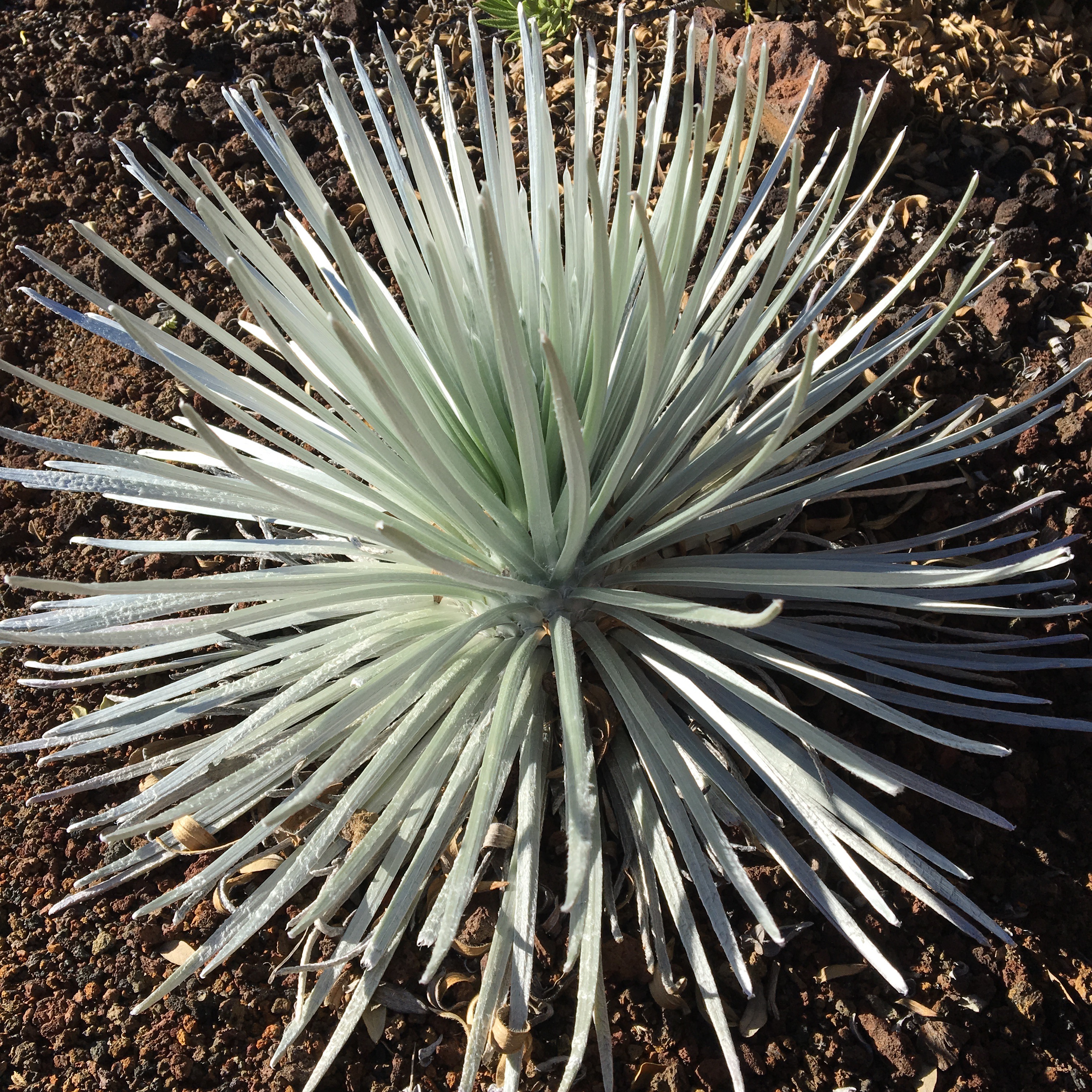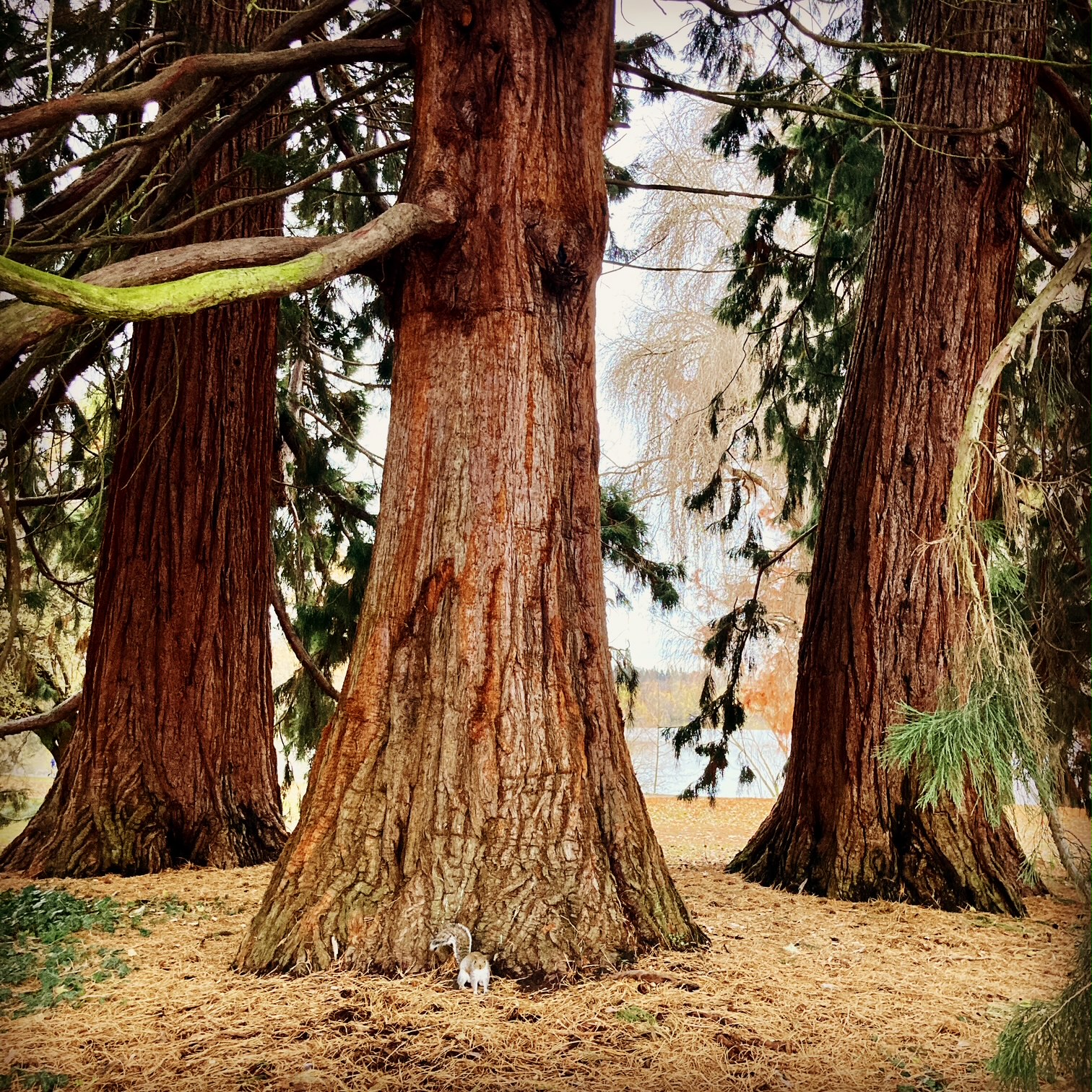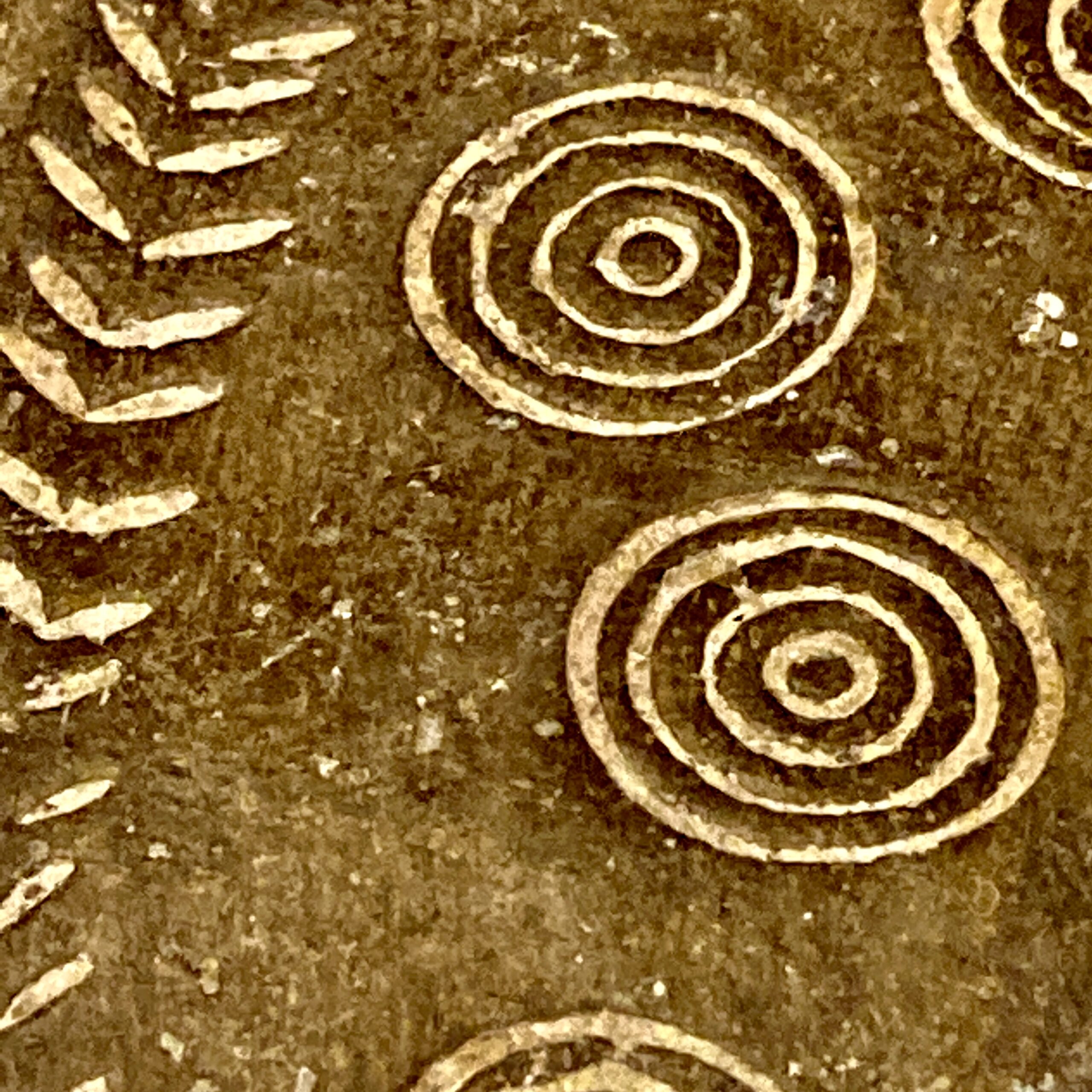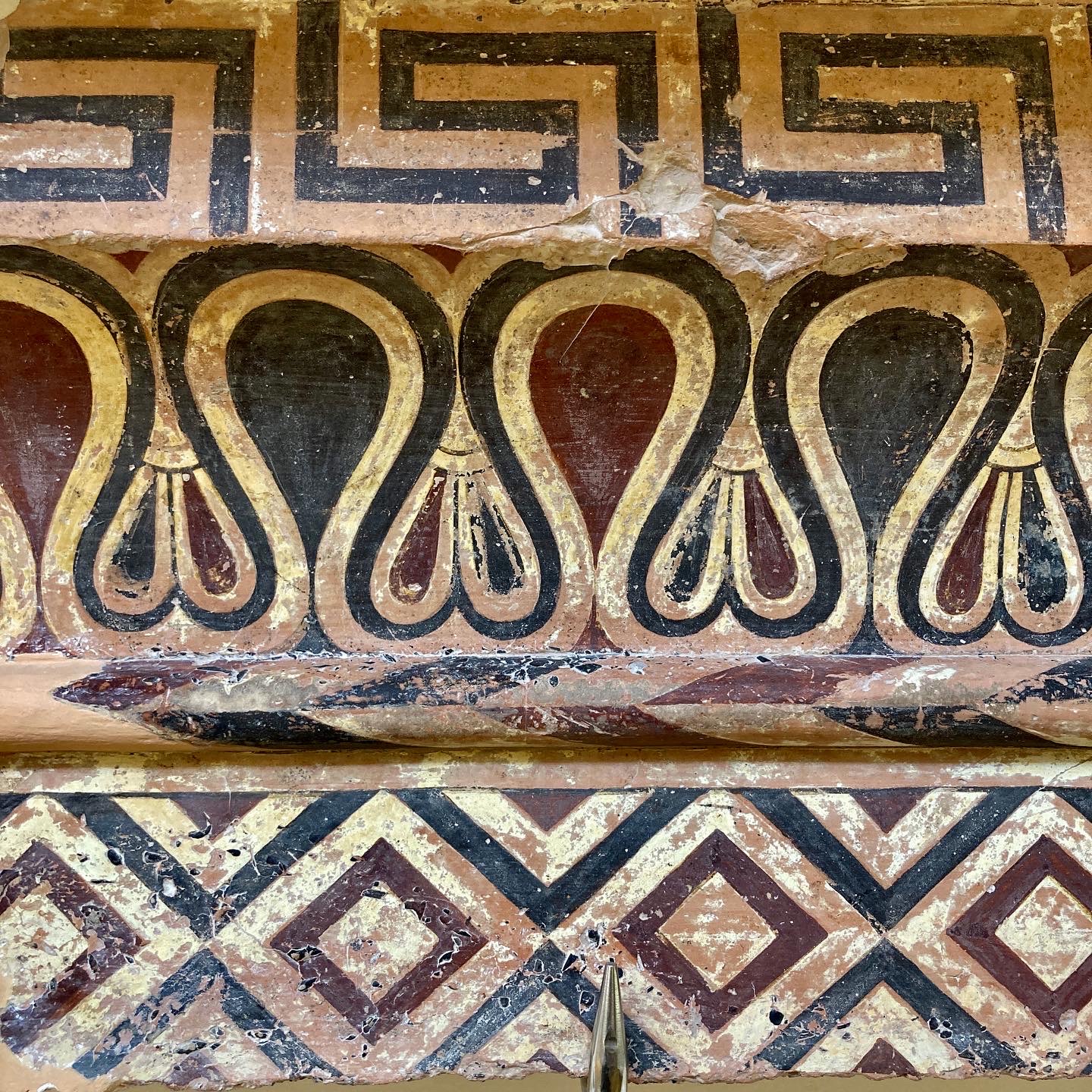I’ve been back from Maui for almost two weeks now. My last blog post had a slideshow that didn’t post properly in everyone’s inbox. Some got it, some didn’t! The mysterious glitch produced an advertisement for skin tags! What a disaster! I will try to include the slideshow again at the end of this blog post. If instead of tropical paradise, you see an advertisement for skin tags, moles, warts, or men’s underwear, simply ignore.
One of the aspects I love about writing is that blogging and/or writing is a learning experience for me. When I see unusual flora, for example, I can do a little research and share what I learn with you, my readers! Below are four learning encounters I experienced in Maui.
SILVERSWORD
Haleakala Silversword (or ‘ahinahina as is their Hawaiian name) is an endemic plant. It is found nowhere else in the world other than on the slopes of Haleakala on Maui. It grows on volcanic soil and puts out a strong taproot so it can withstand high winds. The panel at the Halekala National Park had this to say about it:
Despite harsh conditions, ‘ahinahina can live up to fifty years. It flowers only once in a lifetime, then dies. Its seeds, as many as 50,000 in a single flower stalk, dry out and are dispersed by the wind.

The Haleakala Silversword relies on the native yellow-faced bee for cross pollination. Alien yellow jackets and Argentine ants are preying on the pollinators, threatening the long-term survival of the ‘ahinahina.
The information panel at the park listed the exotic and gorgeous silversword as an “endangered” plant, but on line I read that the plant is “vulnerable”. There is a world of difference between “endangered” and “vulnerable” when referring to the continuing existence of a plant or animal species. I hope what I read on line is true and that the information panel at Haleakala Crater is in need of being updated! Either way, there is a risk of losing this plant forever. If protected, I hope this plant can make a strong comeback and survive!
Apparently, once upon a time, Haleakala’s volcanic mountain sides were covered in silverswords. A long ago traveler to the Haleakala Crater, Isabella Bird, wrote the following stunning-but-simple description of what she saw in 1890:
We came upon thousands of silverswords, their cold, frosted silver gleam making the hillside look like winter or moonlight.
This is from an information panel from Haleakala National Park:
‘Ahinahina is believed to have evolved from a California tarweed that arrived here (Maui) millions of years ago, perhaps hitchhiking on a bird.
When I think back on my experience of Haleakala, I still see the glimmer of the silverswords, its succulent spikes shining like pieces of aluminum foil reflecting sunlight.
PACIFIC GOLDEN PLOVERS
BIRDS!! With the Hawaiian Islands being the most isolated land in the world, the closest neighboring land mass being 2467 miles away in California, it is astonishing to think that Pacific Golden Plovers fly past California, all the way to Alaska. In fact, Pacific Golden Plovers make an annual migration back and forth from Hawaii to Alaska. That is a nonstop bird flight of 2,982.5 miles one way! I am clueless as to how the Pacific Golden Plover can make such a migration without stopping to rest, eat, or drink. I kept thinking about them while on the flight back to Seattle.
Plovers are ideal subjects for this kind of research because they return to the same wintering territories every year, so scientists know exactly where to go to find a particular individual. “They’re so strongly site-faithful that we can predict where they will be with almost 100 per cent accuracy,” explains Johnson. “If they’re alive, it’s almost certain they will come back to the same place.”
On their spring flight northwards, the birds averaged 63 kilometers per hour and covered around 4800 kilometers in about three days. They made the return trip in around four days.
Plovers are well-known as fast flyers, and in this study some birds reached incredible speeds, presumably with the wind behind them – for example, the ground speeds of three individuals ranged from 167 to an exceptional 185 kilometers per hour.
- The Pacific Golden Plover eats molluscs, insects, worms, crustaceans, lizards and is known to eat birds‘ eggs and small fish.
- Breeding: The Pacific Golden Plover breeds in Alaska in June and July. The breeding habitat of Pacific golden plover is the Arctic tundra from northernmost Asia into western Alaska.
- It nests on the ground in a dry open area.
- A beautiful shorebird, the Pacific Golden-Plover breeds in western Alaska and Siberia and winters on islands across the Pacific Ocean, through southeast Asia, to northeastern Africa. It is uncommon in North America and is found breeding in Alaska and migrating/wintering in small numbers along the Pacific Coast.
EDDIE PU
Next I have the story of a native Hawaiian from Maui called Eddie Pu. He was a legend on Maui and he often said of himself, “I’m just a simple Hawaiian.” This made me think of the Dalai Lama, who says in a similar fashion, “I am just a simple monk.” Simple, but extraordinary!
“I wake each morning before sunrise and meditate to thank the land, to thank my ancestors for what they have given us.” -Eddie Pu

Jack standing on the Eddie Pu Trail near Kihei.
I first learned who Eddie Pu was as we walked along a portion of the Eddie Pu Trail. He was a park ranger, lifeguard for over twenty years, a man who meditated every morning and connected to the land and to his ancestors. It is said that when he was young, he had a dream in which his ancestors came to him and asked him to walk the ancient sacred trail that circumnavigates the island of Maui. This trail is 211 miles long. It is the original shoreline trail used by the ancient people of Maui. It is overgrown and winds around the coast and is also known as the King’s Trail or the King’s Highway. I was very impressed to hear that Kelley met him once and her parents knew him. Eddie Pu passed away or, more aptly put, returned to his ancestors in 2012.
Eddie Pu was a legend, and earned the nickname, The Walking Man of Maui.
He was hired in 1972 as one of the first park rangers at ‘Ohe‘o Gulch, a series of pools and falls now part of Haleakala National Park. Over the years, he saved many lives, including those of the Saudi ambassador and his wife and son, who were swept out to sea. Pu dove into the waves and rescued them one by one, though he ended up in the hospital for several days. Later, the “simple Hawaiian” was flown to Washington to be thanked in person by President Ford. In the decades Pu stood guard at ‘Ohe‘o Gulch, where flash floods in the mountains catch seaside bathers unawares, no one drowned. Since he retired, seven people have died.
Pu always walks the nearly 200 miles alone. “A spiritual walk to heal my soul,” he explains, and his secret route changes from year to year.
I really like the following camera story:
Pu has come across sacred ruins and even human remains. “I bring no camera, draw no map—these things must be left there and not disturbed,” he says. He tells a story about how on his first two trips, all the film he shot came out black. After the second trip, he dreamed he must go to the island of Moloka‘i. A young girl met him at the airport and said, “You follow me. My great-grandmother is waiting for you.” They came to a home where an old woman sat on a porch chair, rocking and laughing.
“Eddie Pu, you should throw away your camera,” the old woman said, still roaring in mirth. “Your film will never come out. Your mind, that is where you must store pictures, so our ancestors will not be disturbed.”
The following was written about Eddie Pu in 2005, when he was still alive. I was not surprised when I found out that Mr. Pu and I share the same birthday:
It is hard to guess Eddie Pu’s age. His long gray hair is pulled neatly back and kept in place by a ti-leaf headband to ward off headaches. In a few weeks, he tells me, he would set off with a towel, a walking stick, and a bag of dried fruit to do what he has done nearly every birthday for more than 25 years: Walk around Maui. On November 25, he turned 75.
SEA BURIAL
After a long walk one morning, we saw two long traditional Hawaiian canoes out at sea, moving quickly in tandem towards the beach. The canoes were decorated with large green leaves. The rowers, both men and women, wore traditional sarongs and had wreaths wrapped around their heads. As they made their way from the sea towards the sandy beach, a large group of locals had gathered to welcome the rowers.
When we arrived at the site where they had pulled ashore, I introduced myself to one of the rowers and asked him as politely as I could about the ceremony taking place. He was so kind. He shook my hand and explained that a dear friend had “gone back to her ancestors” and that this was a traditional Hawaiian sea burial. My guess would be that the deceased was a Harley rider because most people gathered on the beach wore their Harley leathers and chaps. There were children standing near their parents and people were holding hands and hugging, comforting one another. I fear that Stacey, for that was the name of the deceased woman, was most likely a young or middle aged woman who lost her life in a motorcycle accident.
Then the chanting started. The leader would say a stanza of prayer in Hawaiian, ending the prayer stanza with Hui Hou Stacey. When he said Hui Hou Stacey, the group of grievers would say it aloud in unison with the prayer leader. It was so beautiful. And like magic, calling out Hui Hou Stacey seemed to calm the masses. I later learned that A Hui Hou means “Until We Meet Again”.
Until we meet again, Stacey.
I refused to take photos. All the tourists on the beach gathered around the grievers and were clicking away. I am sure it would have been fine to take a photo or two, but I was so moved by the ceremony and I just wanted to pray for this unknown Hawaiian woman whose community of loved ones had so deeply moved my heart.
After the prayers, all the grievers and the traditionally clad rowers carried the two large sea-going canoes out to sea. I couldn’t believe I was an accidental participant in this sea burial. I watched transfixed as the Hawaiian pallbearers carried the two canoes out to sea, canoes carrying the ashes of their loved one. Then the grievers stood in the sea, as the waves lapped up around their legs, they silently watched the canoes swiftly row out to the sea. Once far from shore, the rowing stopped. The canoes rocked in stillness. People from ashore solemnly witnessed Stacey’s ashes returning to the sea. The rower I spoke to at the start of the ceremony had told me, “She loved the sea and she will return to the sea today”.
Read more about Hawaiian sea burials.
VIDEO (3 minutes long)
Below is my three minute video from Maui. The video is set to a song called Kolonahe, meaning From the Gentle Wind, by the artists Ku’i Lei Awapuhi (vocals) and Keola Beamer. Thanks to Kelley for introducing me to this song! The song carries the rhythm of the island. It’s very soothing. Turn up your speakers!






